This post has been updated with 2016 TPB Chairman Tim Lovain's favorite story of 2016. Scroll down to find it!
As 2016 comes to a close, we’re looking back at the top TPB News stories of the year. Over the course of a few weeks we highlighted our favorite articles and those that were most popular among our readers.
These stories reflect the breadth of the TPB’s work, from analyzing the traffic impacts of major events to conducting regional surveys of commute patterns to selecting bicycle and pedestrian improvements for federal funding. They also show the many ways that Washington area jurisdictions and transportation agencies come together to address common regional challenges. As we look back on these stories, we’re also celebrating the April re-launch of TPB News as an e-newsletter and digital news site. Together, these products give us new ways to share the TPB’s work with you—elected officials, agency partners, advocates, and the public. We hope you’ll enjoy this look back on the top TPB News stories of 2016.
COUNTDOWN: OUR TOP 5 MOST-READ STORIES OF 2016
 #5 MOST-READ: “How SafeTrack has impacted traffic on area roadways so far”
#5 MOST-READ: “How SafeTrack has impacted traffic on area roadways so far”
When Metro announced its aggressive, yearlong SafeTrack maintenance program earlier this year, elected officials and the public feared the worst. Where would all the people go whose daily travel would be disrupted by SafeTrack’s round-the-clock single-tracking and shutdowns? Would they hop in cars and cause a traffic nightmare?
In July, the TPB’s traffic analysts set out to answer that question by examining hour-by-hour traffic patterns during SafeTrack’s first four “safety surges.” Their analysis found that the most pronounced increases in traffic came during the first surge and mainly in the vicinity of each SafeTrack work zone.
The region’s media outlets covered the analysis widely as officials and the public sought to understand the potential impacts of the service disruptions caused by SafeTrack. This kind of information can help travelers and traffic management agencies alike plan for future disruptions. The TPB plans to follow up in 2017 with analysis from later surges.
Read the full story to see all the charts, graphs, and maps
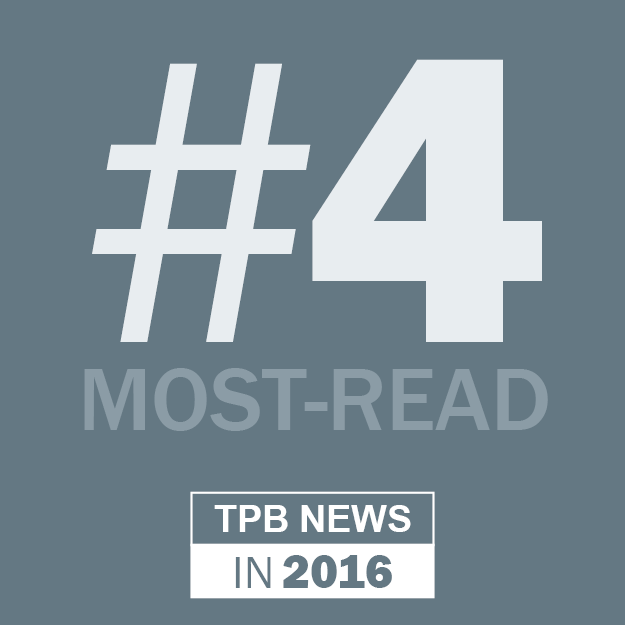 #4 MOST-READ: “These newly funded bicycle and pedestrian projects in Maryland will advance regional priorities”
#4 MOST-READ: “These newly funded bicycle and pedestrian projects in Maryland will advance regional priorities”
A 2013 change to federal law gave large metropolitan planning organizations (MPOs) like the TPB responsibility for selecting projects to receive a portion of federal funding aimed at supporting bicycle, pedestrian, Safe Routes to School, and recreational trails projects.
In July, the TPB selected five such projects in Maryland to receive a total of $1.1 million. Working with its partners at the Maryland State Highway Administration, the TPB reviewed and scored projects based in part on how well the projects would advance key regional priorities, like expanding travel options, connecting and strengthening Activity Centers, and serving disadvantaged communities.
This wasn’t the TPB’s first project-selection process under the new federal rules, but it was another demonstration of its new responsibility and its ability to shine a light on regional needs. The selection of these five projects was celebrated by bicycle and pedestrian advocates who have pushed for greater regional attention on non-motorized transportation modes.
Read more about the projects and how they advance regional priorities
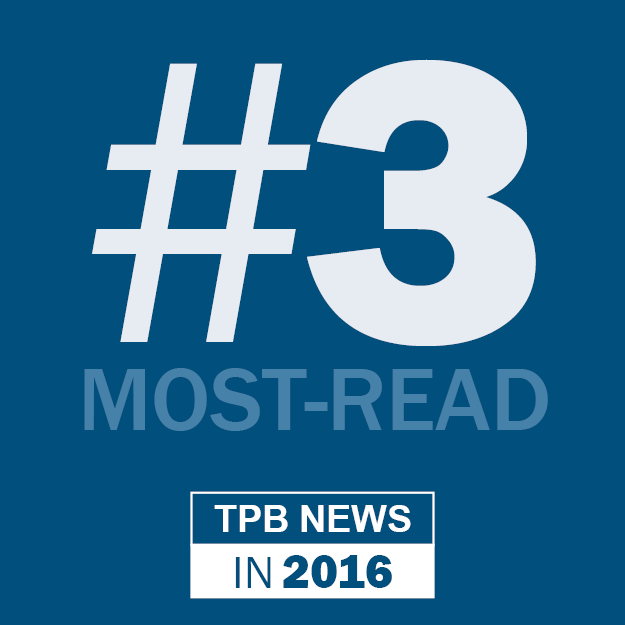 #3 MOST READ: “Trains, buses, new lanes for cars and bikes—highlights from the 2016 CLRP Amendment”
#3 MOST READ: “Trains, buses, new lanes for cars and bikes—highlights from the 2016 CLRP Amendment”
This October article focused on the major additions and changes slated for inclusion in the 2016 amendment to the region’s Constrained Long-Range Transportation Plan (CLRP). The amendment, which the board later approved at its November meeting, included five major new projects and changes to four major projects already in the plan.
The new projects added in this year’s amendment covered a broad spectrum of travel modes, from trains and buses to driving and bicycling. A few, including Virginia’s I-395 Express Lanes and the District of Columbia’s bicycle-lane network expansion plan, garnered media attention and generated extensive discussion among board members and the public. We published this article during the final 30-day comment period on the draft amendment to highlight the key projects slated to be added.
In all, the CLRP includes $42 billion in capital improvements that would add nearly 1,200 lane-miles of new or widened roadways and 76 miles of new Metrorail, light rail, streetcar, commuter rail, or bus rapid transit. Maintaining and updating the CLRP is one of the TPB’s core responsibilities as a federally designated metropolitan planning organization (MPO).
Read more about the projects added in the 2016 CLRP Amendment
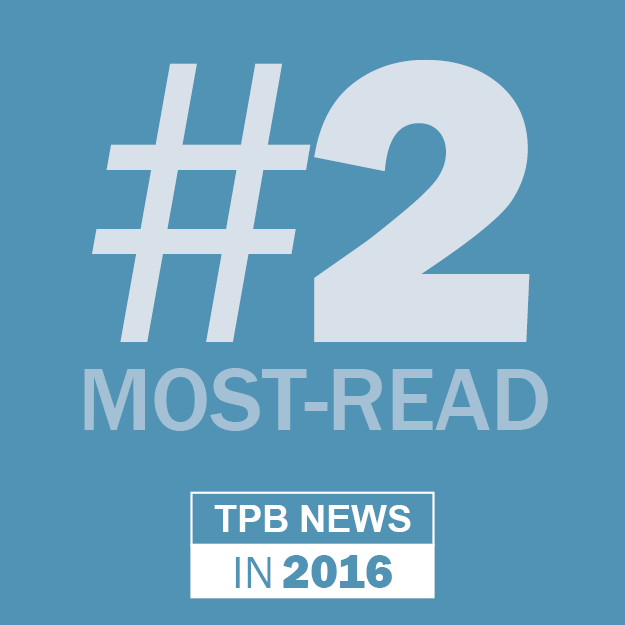 #2 MOST-READ: “4 ways commuting in the Washington region has (or hasn’t) changed over the last 3 years”
#2 MOST-READ: “4 ways commuting in the Washington region has (or hasn’t) changed over the last 3 years”
Coming it at #2 was our story highlighting some key findings from the 2016 State of the Commute survey, carried out by the TPB’s Commuter Connections program. The survey is one of the best looks at commuting patterns and attitudes in the region and how they change over time.
This year’s survey was not short on interesting findings. Among other things, it found that peoples’ commutes are, on average, getting longer. It also found that fewer people are driving alone to work, opting instead for alternatives like transit, carpooling, biking or walking. And it found that commute satisfaction was lowest among people who commute via Metro, while those who bike or walk were most satisfied.
The triennial State of the Commute Survey is chock-full of more interesting findings. We just highlighted the four that stood out to us. And those seemed to resonate with our audience, too. Although commuters have lots of anecdotal evidence from their own commutes, a survey like this one puts data on those perceptions and sheds light on important regional patterns.
Read our quick takeaways from the 2016 State of the Commute survey
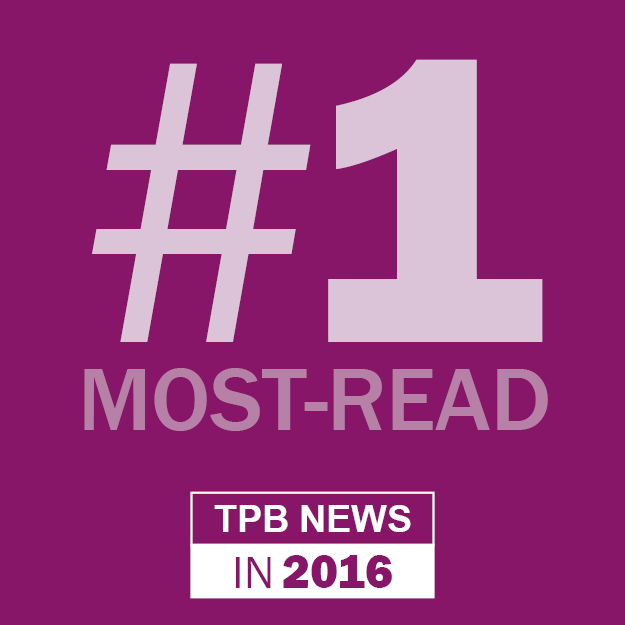 #1 MOST-READ: “Get ready for traffic to pick back up as part of ‘September Shock”
#1 MOST-READ: “Get ready for traffic to pick back up as part of ‘September Shock”
Our most-read TPB News story of 2016 was another data-heavy piece that wound up being cited in numerous local newspaper articles and television and radio news reports. The story put numbers and a name on an annual traffic phenomenon that drivers in the region have perceived for many years but only this year were able to see in chart, graph, and map form!
That phenomenon, sometimes dubbed “Terrible Traffic Tuesday,” involved a big spike in traffic after Labor Day, as summer came to a close and Congress and schools were back in session. Using newly available real-time traffic information, traffic analysts at the TPB looked in detail at how traffic patterns change at the end of the summer.
When they crunched the numbers, they found a jump in traffic, but they found that it lasted most of September, leading them to opt instead for the term “September Shock.” The analysis found that September is often one of the most congested months of the whole year, as people’s schedules tighten back up and more drivers try to hit the road at the same time each day.
The TPB’s “September Shock” analysis also included animated maps showing the routes affected most by the annual phenomenon. It highlighted changes in traffic conditions on “Terrible Tuesday” over the past six years. And it included a real-time tracking of traffic conditions on this year’s Terrible Tuesday. Together, these elements of the analysis were of great interest to our readers and the public.
See all the charts, graphs, and maps from this year’s “September Shock” traffic analysis
OUR FAVORITE STORIES OF 2016
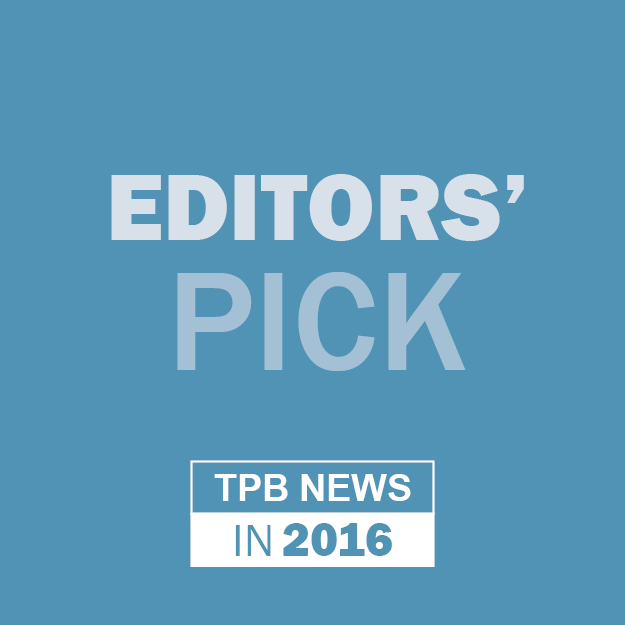 EDITORS' PICK: "Bob Griffiths retires from COG after 42 years"
EDITORS' PICK: "Bob Griffiths retires from COG after 42 years"
Bob Griffiths was part of the TPB staff for most of its 50-year history before he retired in June of this year. He started as an intern in 1974 and rose through the ranks, eventually to become a senior director within COG’s department of transportation planning. When we interviewed Bob for this story, we couldn’t believe how much history his COG career encapsulated. From survey development to managing computer systems to being a star player on COG’s rec-league softball team in the 1980s and 90s, Bob seemed to have “done it all.”
Bob’s retirement story is our “Editors’ Pick” for 2016 because it shines a light on the TPB’s contributions to the region over the past four decades and on the staff who have made it possible. We remain in awe of Bob’s dedication to COG, the TPB, and the region, and hope that his story will inspire others as it has us.
Read the full story of Bob's retirement
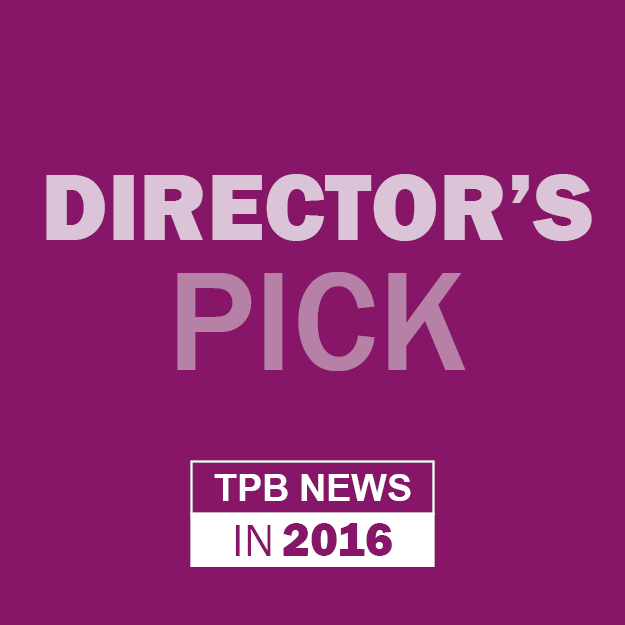 Director’s Pick: “Our updated Freight Plan points to a future with more people—and more delivery trucks on our roads”
Director’s Pick: “Our updated Freight Plan points to a future with more people—and more delivery trucks on our roads”
With more than a million more people expected in our region over the next 25 years, the demand for consumer goods is forecast to jump significantly. This past July, the TPB updated the region’s Freight Plan to reflect these forecasts as well as to account for changes in the way that consumers buy goods and the ways that freight interacts with the rest of the region’s transportation system.
When we asked TPB Staff Director Kanti Srikanth to choose a TPB News story from the past year highlighting an important regional issue, he chose this one because of freight’s importance in supporting the region’s economy and the need to plan for its effects on traffic operations.
In particular, Srikanth noted the significant effects that freight has on both major regional roadways and neighborhood streets. In our July TPB News story, we highlighted the growing trend of consumers having goods directly delivered to their homes instead of to retail outlets, a change that is leading to an increase in freight traffic in areas where planners are trying to make it easier for people to walk, bike, or use transit. Finding safe and efficient ways to accommodate increasing freight traffic in these areas will be a key challenge for the future, the plan says.
Srikanth also noted that freight is a key federal priority as well. He explained that freight has been recognized through new federal freight policies and in new transportation funding opportunities in the most recent FASTLANE program.
Learn about the updated Freight Plan and more about the importance of freight in the region.
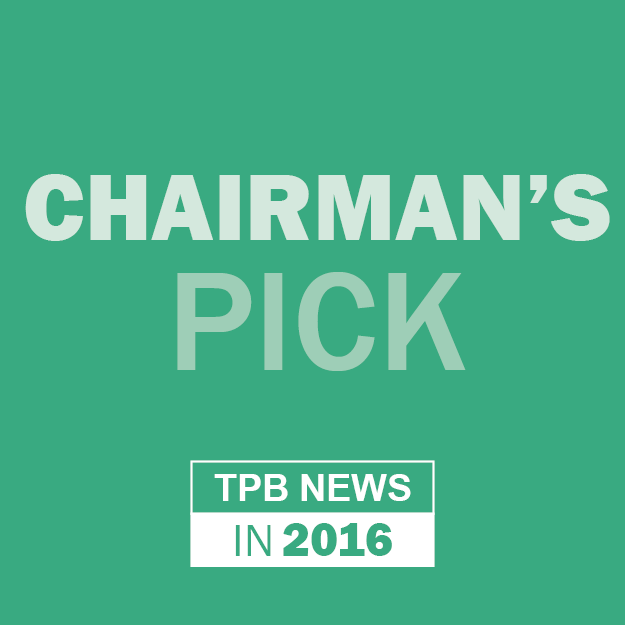 Chairman’s Pick: “Championing traffic incident management in the National Capital Region”
Chairman’s Pick: “Championing traffic incident management in the National Capital Region”
When we asked 2016 TPB Chairman Tim Lovain to pick a TPB News article from the past year highlighting an important regional issue, he chose a topic that he has focused on during his chairmanship—Traffic Incident Management, or TIM. TIM is a field of practice devoted to responding to and clearing traffic incidents quickly and efficiently.
In November, the TPB hosted a conference highlighting the many ways that the region has championed TIM, including by sharing best practices, sharing information across jurisdictions and agencies, and looking to new technology to make responses to incidents on the region’s roads faster and more efficient.
In explaining his choice, Chairman Lovain explained that “the most cost effective way to reduce traffic congestion is to reduce the number of these incidents and respond to them and clear them faster.” He also noted that in our region “we face special TIM challenges with our three states and federal management of our parkways.”
The conference brought together local officials and policymakers as well as representatives from across the country to talk about the lessons they have learned and new strategies they’ve developed to improve response times. The main themes that emerged included sharing more information between jurisdictions and agencies, using data to better position first responders, and keeping the lines of communication open between agencies, first responders, and travelers.
Learn more about what strategies and lessons were learned at the Traffic Incident Management Conference.
That's a wrap for 2016! Thank you for reading and be sure to subscribe to our newsletter so you don't miss the 2017's best stories.